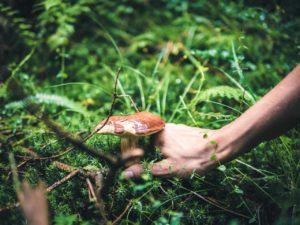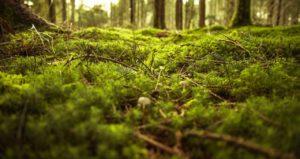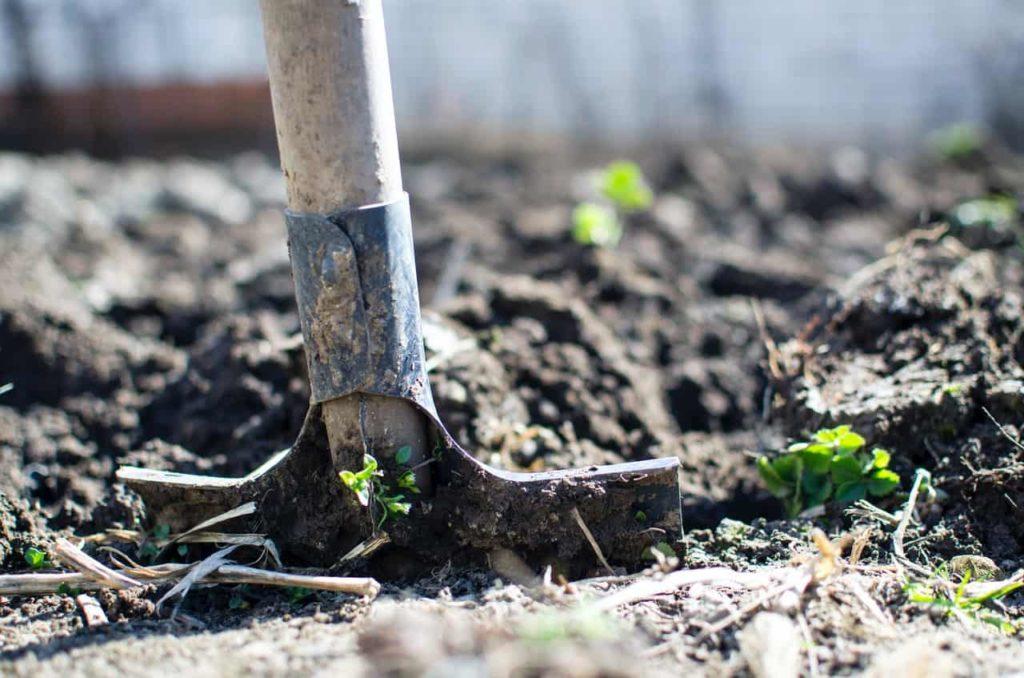Forests are resilient ecosystems, and this makes them ideal areas in which to cultivate and harvest food. An age-old tactic is forest gardening, in which the planter works in or even recreates the ecosystem of forested areas to grow an abundance of food, working with nature rather than clearing out the trees.
In this system of food production and land management, forest gardening replicates a natural woodland ecosystem. When a forest garden is begun from scratch, the gardener replaces ornamental trees and plants with those that give off edible fruit, nuts, berries, herbs and vegetables.
Forest Gardening Explained

While you may not have heard of it, forest gardening is said to be the world’s form of land use! In prehistoric jungle lands around rivers in Asia and Africa, farmers would identify the useful species of tree and vine, protect and improve them, and eliminate undesirable species. This would
improve the yields of trees and shrubs that give off fruit, vegetables, and edible nuts and seeds.
Eventually, the superior species were able to grow and make their way into planned gardens.
In modern times, trees, shrubs, and perennial plants are planted together to mimic the structure of a natural forest. Successfully done, a forest garden can have up to seven layers:
- The canopy, the top layer, is made up of the tallest plants, usually fruit and nut trees.
- The understory is next, made up of shade-tolerant dwarf fruit trees and taller shrubs.
- The vertical layer makes good use of the first two. Here, you’ll find vines and other climbing plants that use light at different times taking up space on trunks or trellises.
- The shrub layer contains woody plants like raspberries.
- The herbaceous layer has plants that grow low to the ground, like herbs, self-seeding annuals, and perennial vegetables.
- The ground layer has cover plants that grow no more than half a foot tall.
- Finally, the rhizosphere is in the soil; it’s where root plants like carrots, beets, and potatoes thrive.
There are many benefits. Properly structured, a forest garden can eliminate the need for chemical substances because the right plants will attract natural predators to control pests. Also, by choosing the best companion plants and diversifying the garden, you can strengthen the soil and overall environment. Many gardeners swear by it, and they say it’s the best way to maximize land use, keep the ecosystem as natural as possible, and reduce the number of harmful insects and weeds in the garden! But how can you replicate the forest garden at home?
How Can You Do Forest Gardening At Home?
Forest gardens used to start with a plot of trees; nowadays, not many homeowners have access to thick forest areas brimming with edible plants they can cultivate. This means to make a forest garden at home, you have to start planning. First, look at how shade and sun affect your garden throughout the day. The largest plants will reach into the sun, so your plot should be in a sunnier part of your property, with the shade-tolerant plants in the shadow of your tree “canopy.” Once you’ve chosen your trees, shrubs, flowers, and veggies, arrange them in a little map to guide you when you’re planting.

The smaller plants generally need to be more shade tolerant, as they will be in the understory. You can leave little clearings for plants that need more light. If the soil quality is poor in the planting area you’ve chosen, dig it up and lay down several inches of compost and topsoil before planting.
Next, dig a hole for each plant as though planting any other ornamental flowers or trees. Arrange them north to south, with the tallest species at the northern end of your plot, going progressively smaller as you arrange them toward the southern part. If chosen and arranged well, your plants will give you a helping hand in growing and harvesting the fruits of your labour!

